Weekly Reader: Happy New Year!
Last week we marked the beginning of the new school year, and if my own years of Jewish education taught me anything it’s this: once school starts, Rosh Hashanah and the rest of the High Holidays can’t be far behind. As a child mourning the passing of summer it was a small respite—no sooner do you start school again than you get time off. As an adult that association has been replaced by the odd feeling of renewal that comes, paradoxically, in the fall. Maybe it’s the cooler temperatures that put an extra spring in my step and have me humming the Rosh Hashanah liturgy on my way to buy gefilte fish. But however you anticipate the coming of the New Year, it’s certain that you’re sharing that experience with generations of Jews who came before. Here are a few items from our archive to get those High Holiday juices flowing.
—Ezra Glinter
New Year Postcards
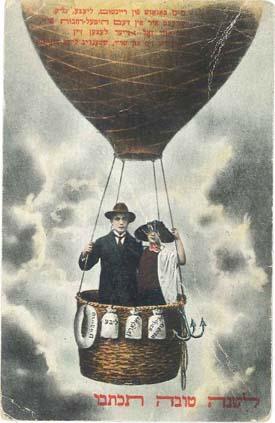
These days sending a holiday postcard seems downright quaint. After all, once you’ve wished a gut yor to your WhatsApp groups, do you really need to send physical mail? But since the late nineteenth century Jews have celebrated the New Year by sending each other illustrated postcards with hopes and wishes for the upcoming year. Hannah Pressman, affiliate faculty and communications director for the Stroum Center for Jewish Studies at the University of Washington, shares the unique history of these cards, the companies that produced them, and the nostalgia that they inspire.
Learn about the history of Rosh Hashanah postcards
Food and Family
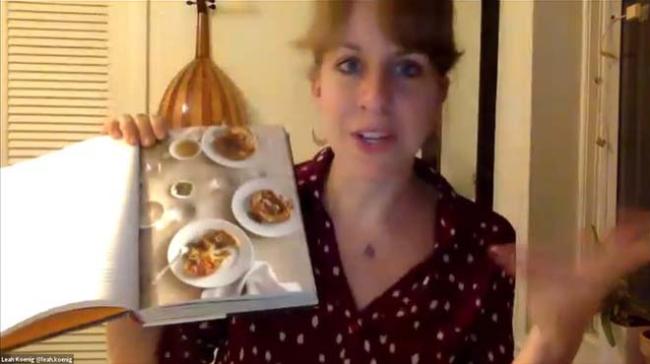
Of course, one of the key features of the High Holidays (the Yom Kippur fast notwithstanding) is the food. In this recent talk, cookbook author and food writer Leah Koenig discusses how holiday foods are so much a part of Jewish culinary tradition and how recipes have been adapted and passed down through families for generations.
Listen to a talk by Leah Koenig
A Tale on a Train
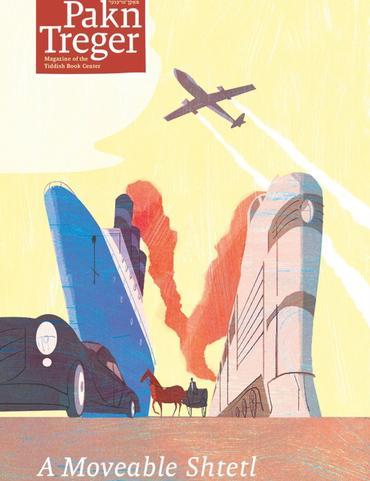
One of Sholem Aleichem’s many strokes of genius was to place some of his stories on a train. In those days you could always meet a fellow Jew on a train, mostly in third class, and Jews could readily recognize one another. In some of these amazingly versatile tales the train is an integral part of the plot: both the teller and the event must necessarily compete with the end of the trip or the oncoming station. In others, the ride is just a catalyst between the narrator and his fellow riders, a site for storytelling. That’s the case in this story, which explains why you might wish someone a happy new year when Rosh Hashanah is still a long way off.
Read “Happy New Year” by Sholem Aleichem
Well Said
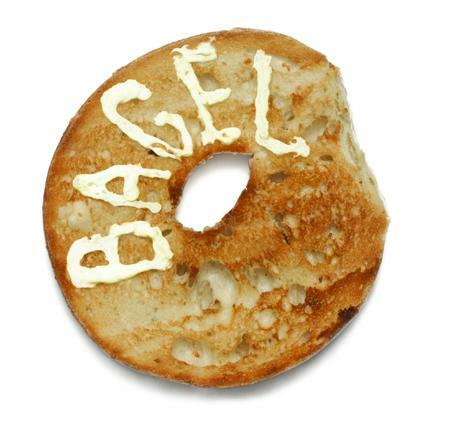
A few days before Rosh Hashanah, Asya Vaisman Schulman went to the bakery section of her local supermarket to buy challah for the holiday. The supermarket had set up a special display table where rolls and round loaves, with and without raisins, surrounded the centerpiece: a small pyramid of honey-soaked dough balls garnished with nuts and candied fruits and wrapped in plastic. The labels had the bakery’s logo, the product’s kosher certification, a list of ingredients, and a name: teiglach.
Read about the meaning and history of teiglach
Fasting Faster
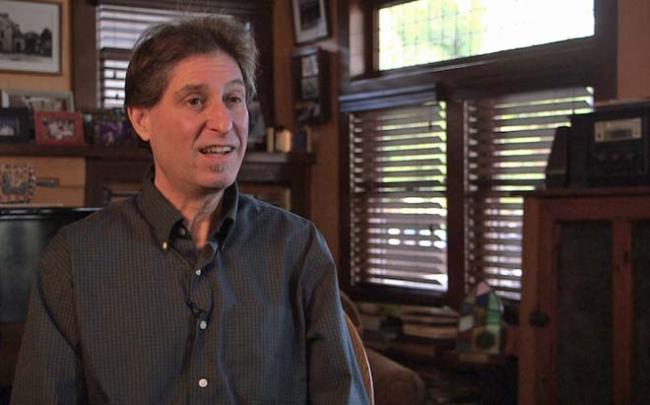
Many who observe the fast on Yom Kippur know those last few minutes can be especially trying. Rabbis come up with various techniques to get through those final moments before breaking the fast. Violinist and klezmer revivalist pioneer Yale Strom shares the nign (wordless melody) that his father learned as a boy at the Stoliner Shul in Detroit, which was used by the rabbi to stall until the first three stars could be seen in the sky.
